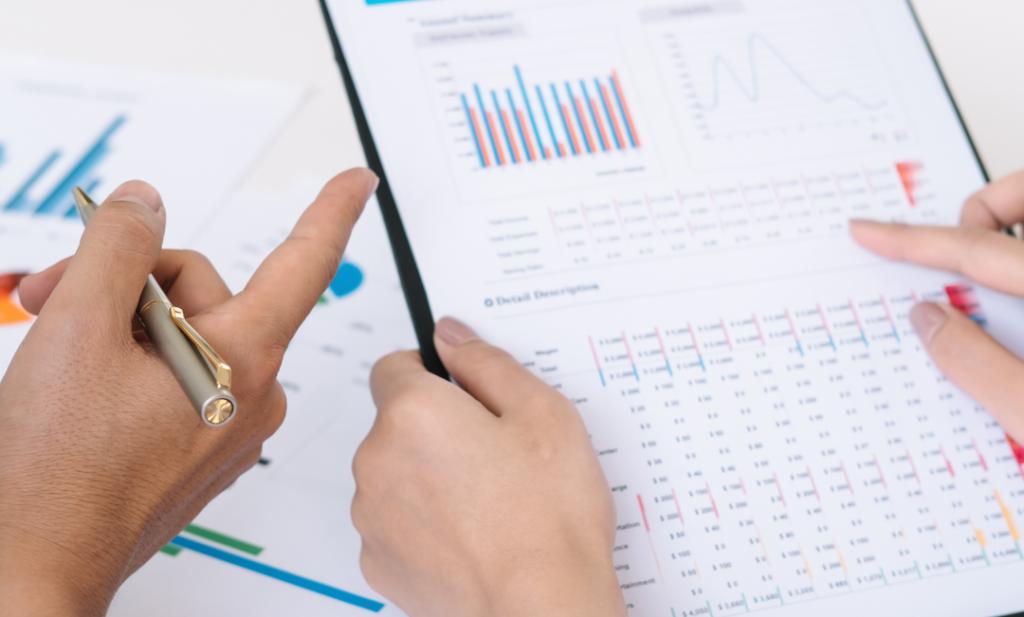Data Visualisation Using Tableau and Power BI
Introduce students to Power BI, Tableau Desktop and Tableau Server, familiarizing them with the interface and basic functionalities.

COURSE OUTCOMES
At the end of the course, students should be able to
- Navigate Tableau Desktop and Tableau Server confidently, demonstrating proficiency in connecting to data sources and creating visualizations.
- Develop a diverse range of visualizations, including basic charts and advanced visualizations, to represent data accurately and facilitate data-driven decision-making.
- Implement advanced analytics techniques such as calculated fields, parameters, forecasting, and trend analysis to gain deeper insights into complex datasets.
- Collaborate with peers using Tableau Server and Tableau Online, sharing visualizations securely and leveraging collaborative features to foster knowledge sharing and decision making within organizations.
- Understanding the Power BI environment and its three Views.
- Designing Power BI visuals and reports.
OBJECTIVES OF THE COURSE:
- To develop student’s ability to create various types of visualizations using Tableau, enabling them to effectively represent data for analysis and interpretation.
- To equip students with advanced analytics skills in Tableau, including calculated fields, parameters, forecasting, and trend analysis, enabling them to derive meaningful insights from complex datasets.
- To train students in the principles of data storytelling and presentation, enabling them to craft compelling narratives around data findings and effectively communicate insights to diverse stakeholders.
- To familiarize students with Tableau Server and Tableau Online, enabling them to share, collaborate, and publish their visualizations securely, fostering a culture of data driven decision-making within organizations.

COURSE SYLLABUS:
Overview of Tableau, Introduction to Tableau Desktop and Tableau Server, Understanding the importance of data visualization in business analytics, Tableau Interface, Workspace overview: Data pane, shelves, cards, and toolbar.
Introducing Power BI, which also uses the Power Query and Power BI architecture but allows us to create stunning interactive reports and dashboards.
Connecting to data sources: Excel, CSV, databases.
Creating basic visualizations: Bar charts, line graphs, scatter plots Understanding Data Types and Dimensions, differentiating between dimensions and measures, understanding discrete vs. continuous data, exploring categorical vs. quantitative data, Building Basic Visualizations, creating simple dashboards and worksheets, applying filters and sorting data.
Introduction to basic calculations: Arithmetic, logical, and date calculations
Advanced Chart Types: Introduction to advanced visualizations: Heat maps, box plots, tree maps, Customizing charts: Colors, labels, annotations
Data Blending and Joins, understanding data blending vs. joins, Combining data from multiple sources, Handling data granularity issues
Interactive Dashboards: Creating interactive dashboards with actions and filters, Design best practices for effective communication
Calculated Fields and Parameters: Introduction to calculated fields and parameters, Advanced calculations: IF statements, LOD expressions, Using parameters for dynamic analysis Forecasting and Trend Analysis, implementing forecasting models in Tableau, Identifying trends and seasonality patterns in data. Geographic Mapping, visualizing spatial data with maps, Customizing maps and layers for better
insights.
Principles of Data Storytelling, Understanding the narrative structure of data storytelling. Incorporating storytelling into data visualization design, Story Points and Annotations, creating story points to guide the audience through the data story, adding annotations and explanations to enhance understanding. Effective Presentation Skills, communicating insights effectively to non-technical stakeholders,
Presenting data findings with confidence and clarity.
Introduction to Tableau Server, Overview of Tableau Server architecture and components. Sharing and publishing Tableau workbooks, User Management and Permissions, managing users and groups on Tableau Server, setting permissions and access controls for data security.
Collaboration and Collaboration, Collaborative features: Comments, subscriptions, and alerts, Working with Tableau Online for cloud-based collaboration.
